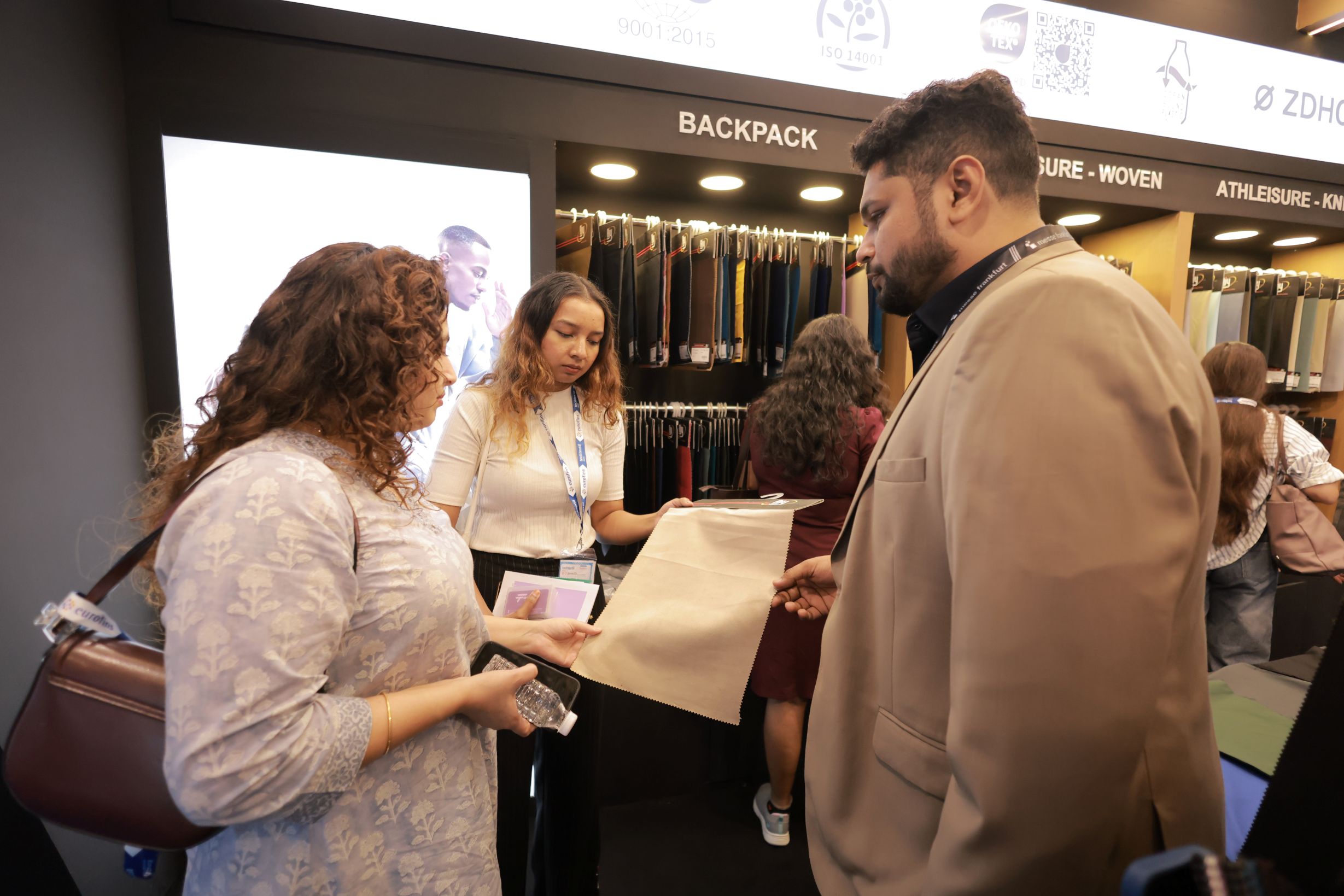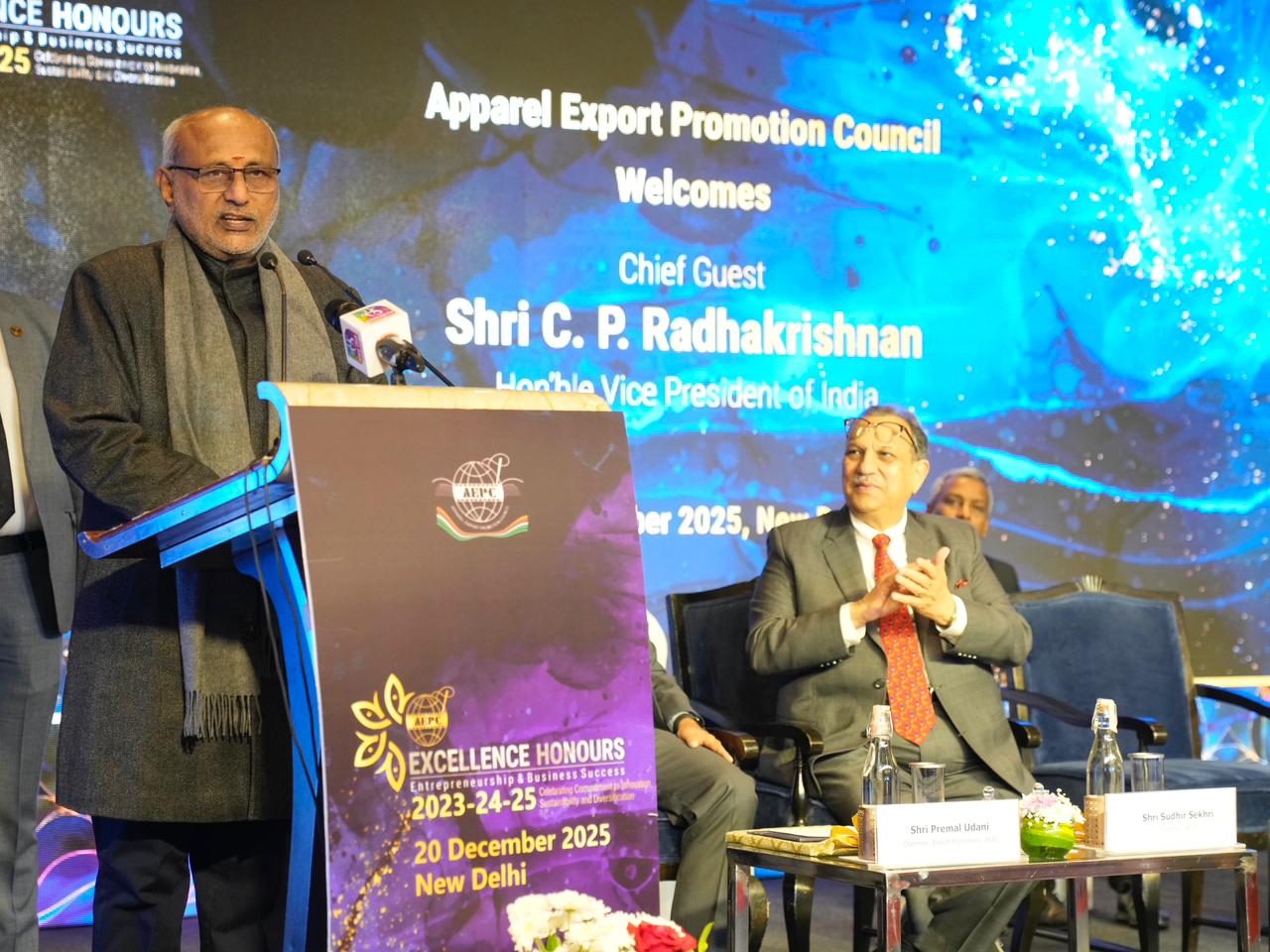
In the ever-evolving landscape of fashion, price transcends its basic function of monetary exchange. It acts as a powerful tool, silently communicating a brand's positioning, quality perception, and target audience.
Price as a positioning tool
Price is a cornerstone of brand positioning. The price tag on a garment speaks volumes before a customer even tries it on. A study by Journal of Business Research found consumers often use price as a heuristic (mental shortcut) to evaluate product quality. No wonder, luxury brands, such as Chanel and Gucci, employ exorbitant price points to cultivate an aura of exclusivity and opulence. Their pricing strategy reinforces their status as coveted symbols of wealth and taste. “We price our products to reflect the quality of materials, the intricate handwork, and the heritage of the brand,” says a spokesperson for Valentino At the other end of the spectrum, value brands like H&M and Zara focus on affordable fashion, targeting a broader consumer base seeking stylish yet budget-friendly options.
Premium brands, like Michael Kors and Ralph Lauren, occupy the middle ground. They balance quality, design, and price to appeal to a discerning clientele. Their pricing strategy often involves offering slightly elevated prices to justify the perceived higher value proposition.
Price parity in the lifestyle sector
Historically, fashion and apparel prices have maintained certain parity with other lifestyle products. As consumer incomes rose, so did spending across various categories. However, recent trends suggest a shift in this dynamic. The rise of fast fashion has compressed price points in apparel, while other sectors like electronics and luxury goods continue to witness upward price trajectories.
This disparity has implications for consumer behavior. As fashion becomes more accessible, consumers may be willing to spend more on other lifestyle products, such as premium electronics or experiences. This shift in spending priorities challenges fashion brands to innovate and offer unique value propositions to retain market share.
Playing the price game, luxury vs. premium vs. value
Luxury brands maintain high prices with limited production runs and an emphasis on premium materials and craftsmanship. “It’s not just about the product; it’s about the experience,” says Milton Pedraza, CEO of The NPD Group, a market research firm in a Forbe interview. Think limited-edition bags or hand-stitched blazers – these items come with a hefty price tag that reflects their exclusivity and perceived higher value.
Positioned between luxury and value, premium brands offer a balance of quality and price. “We use high-quality materials and construction techniques, but we don't have the same overhead costs as luxury brands,” explains Sarah Brook, Founder of a premium clothing line. This allows them to offer well-made pieces at a more accessible price point.
The value segment focuses on affordability and trend-driven designs. Fast-fashion brands prioritize low production costs and high volume to keep prices low. “Our target customer is looking for the latest trends at a price they can afford,” says a spokesperson for Forever 21. While this keeps clothing accessible, it often raises concerns about quality and sustainability.
Is price parity across lifestyles?
The pricing strategy for fashion doesn't always mirror other lifestyle products. For instance, a high-end smartphone might cost more than a designer dress, reflecting the technological advancements within the phone. Similarly, a luxury car might justify its price due to the complex engineering involved. Fashion, however, often incorporates a significant "brand premium" into the price tag, which isn't necessarily tied to the cost of materials or production.
COVID's impact on fashion pricing
The COVID-19 pandemic was a seismic event that disrupted the fashion industry in unprecedented ways. Supply chain disruptions, economic uncertainty, and changing consumer behavior forced brands to re-evaluate their pricing strategies. Initially, many brands resorted to discounting to clear excess inventory and stimulate demand. However, as the global economy began to recover, there was a gradual shift towards price increases to offset rising production costs and inflationary pressures. Interestingly, the pandemic accelerated the growth of direct-to-consumer (DTC) models, allowing brands to have greater control over pricing. By eliminating intermediaries, DTC brands could offer products at competitive prices while maintaining profit margins.
Consumer behavior and price sensitivity
Consumer behavior towards price is complex and multifaceted. While some consumers are driven by price, others prioritize quality, brand reputation, and emotional connections. The rise of value-conscious consumers has led to increased price sensitivity, especially in economically challenging times. However, the willingness to pay a premium for unique or exclusive products remains strong. Luxury brands continue to thrive by catering to this segment of the market. Moreover, consumer behavior varies across different demographics. Younger consumers, for instance, are often more price-sensitive and open to exploring affordable fashion brands. In contrast, older consumers may be willing to pay a premium for comfort, quality, and established brands.
Regional variations
Pricing strategies vary significantly across different regions. Western markets, particularly the US and Europe, have historically been characterized by higher price points for fashion and apparel. This reflects factors such as higher labor costs, stronger currencies, and a more affluent consumer base. In contrast, Eastern markets, such as China and India, offer opportunities for lower production costs and a growing middle class. This has led to the emergence of strong domestic fashion brands that can compete on price while delivering quality products. However, the lines between these regions are blurring. Globalization and increased consumer access to international brands are driving price convergence. Additionally, the rise of e-commerce has made it easier for consumers to compare prices across different markets, putting pressure on brands to align their pricing strategies.
As the fashion industry transforms, driven by technological advancements, changing consumer preferences, and sustainability concerns, these factors will shape the future of pricing trends. Data analytics will also play a crucial role in optimizing pricing strategies. By analyzing consumer behavior, market trends, and competitor pricing, brands can make data-driven decisions to maximize revenue and profitability.
Personalization will become increasingly important. As consumers demand tailored experiences, brands will need to offer customized pricing options based on individual preferences and purchase history. Sustainability is another key trend. Consumers are becoming more conscious of the environmental impact of fashion, and they are willing to pay a premium for sustainable products. This presents an opportunity for brands to differentiate themselves through eco-friendly offerings and premium pricing.
Price therefore is a multifaceted tool that can make or break a fashion brand. By understanding the nuances of consumer behavior, market dynamics, and competitive landscape, brands can develop effective pricing strategies to achieve their business objectives. As the fashion industry continues to evolve, the ability to adapt to changing trends and leverage data will be essential for success.












